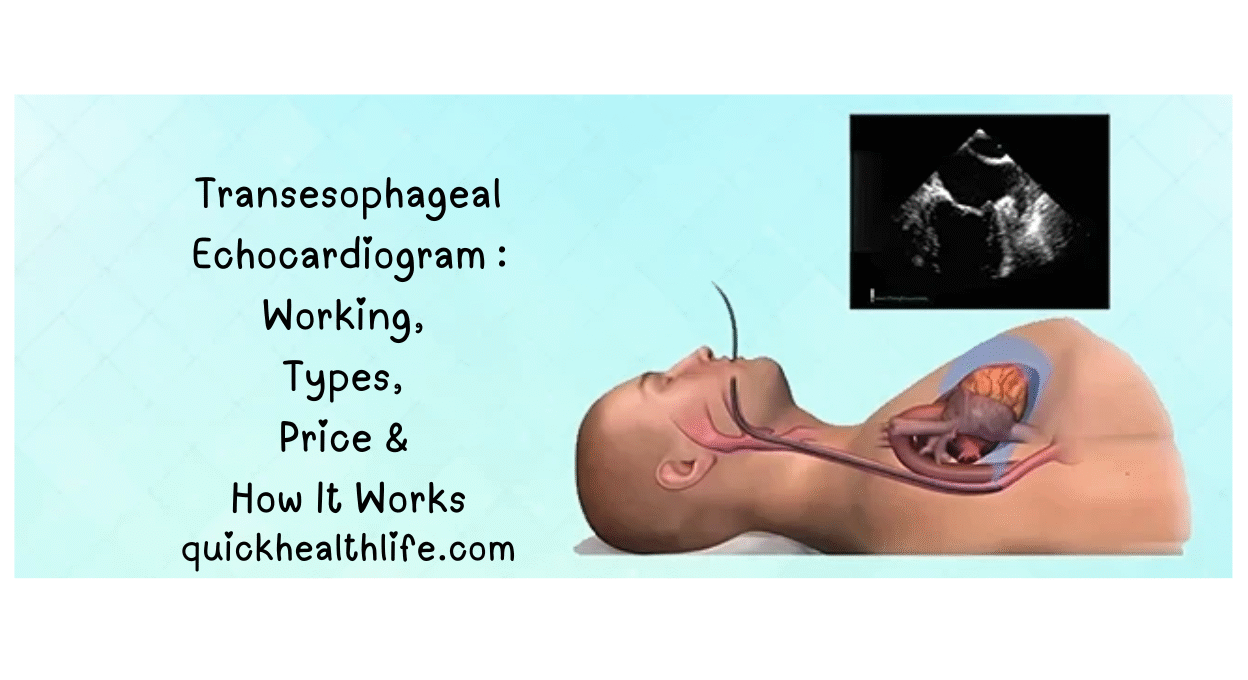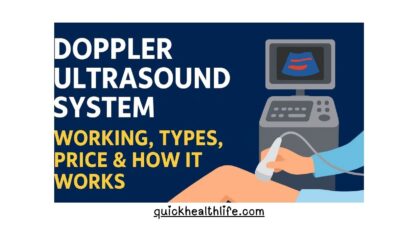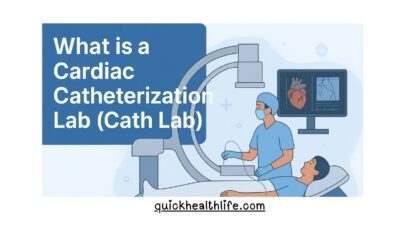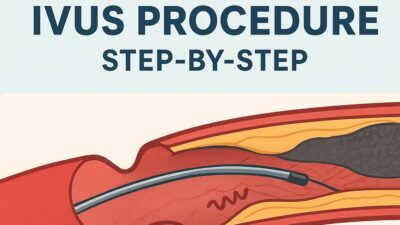A transesophageal echocardiogram (TEE) is an advanced imaging test used to evaluate heart function. Unlike a standard echocardiogram, this test uses an ultrasound probe inserted into the esophagus for clearer heart images. Since the esophagus is close to the heart, it provides detailed visuals of cardiac structures and blood flow.
What is a TEE Test for Transesophageal Echocardiogram?
Many people ask, what is a TEE test for transesophageal echocardiogram? It is a specialized ultrasound that helps detect heart abnormalities, clots, and infections. Cardiologists recommend it when standard echocardiography cannot provide adequate details.
Why is a Transesophageal Echocardiogram Performed?
The question, why is a transesophageal echocardiogram performed, has multiple answers. Doctors use it to diagnose congenital heart defects, valve disorders, endocarditis, and blood clots in the atria. It is also valuable before surgery to assess cardiac function.
Why is a TEE Performed? Common Medical Reasons
Doctors recommend TEE when they need more detailed information than a standard echocardiogram can provide:
Diagnostic Applications
| Condition | How TEE Helps |
|---|---|
| Blood clots | Detects clots in heart chambers, especially before cardioversion for AFib |
| Heart valve disease | Provides detailed views of valve structure and function |
| Endocarditis | Identifies vegetation (infected material) on heart valves |
| Congenital heart defects | Evaluates complex structural abnormalities |
| Cardiac tumors | Detects and characterizes heart masses |
| Aortic conditions | Assesses aortic dissection or aneurysm |
Procedural Guidance
- During heart valve surgeries
- Before and after valve repair/replacement
- During catheter-based heart procedures
- For monitoring heart function during high-risk surgeries
Table of Contents
How Serious is a TEE Procedure?
Patients often worry, how serious is a TEE procedure? While the procedure is generally safe, it involves sedation and carries minor risks such as throat irritation, bleeding, or esophageal injury. Compared to invasive heart tests, TEE is less risky and provides superior imaging.
Are You Awake During a Transesophageal Echocardiogram?
A common concern is, are you awake during a transesophageal echocardiogram? Patients usually receive sedatives, which means they are relaxed but not fully unconscious. Local anesthetic numbs the throat to reduce discomfort.
What to Expect with a Transesophageal Echocardiogram
If you are wondering, what to expect with a transesophageal echocardiogram, the process is straightforward. The doctor numbs the throat, inserts a thin probe through the mouth, and captures detailed heart images. The entire procedure usually takes 30 to 60 minutes.
Read More: Echocardiography Machine: Working, Types, Price
Risks and Side Effects of TEE
Common Side Effects (Temporary)
- Sore throat
- Hoarse voice
- Mild throat discomfort when swallowing
- Temporary numbness in throat
Rare Complications (<1% of cases)
Irregular heart rhythms triggered by the procedure
Esophageal injury or bleeding
Reaction to sedation medications
Breathing problems during procedure
Benefits of TEE Test
The benefits of TEE test are significant. It provides clearer images than a standard echocardiogram, helps guide heart surgery, detects blood clots, and evaluates artificial valves. It also aids in diagnosing atrial fibrillation complications.
Views
Doctors rely on transesophageal echocardiography views such as mid-esophageal, transgastric, and upper esophageal views. These allow visualization of heart chambers, valves, and blood flow dynamics from multiple angles.
Indications and Contraindications
Understanding transesophageal echocardiography indications and contraindications is vital. Indications include stroke evaluation, prosthetic valve assessment, and endocarditis diagnosis. Contraindications involve severe esophageal disease, recent surgery, or bleeding disorders.
TEE vs Echo
A frequent comparison is TEE vs echo. Standard echocardiograms (transthoracic) are non-invasive and performed on the chest surface. TEE, however, offers superior imaging, particularly for posterior heart structures, clots, and valve prostheses.
Types of TEE Procedures
There are various TEE types, including:
- Diagnostic TEE – to identify heart abnormalities.
- Intraoperative TEE – performed during heart surgery.
- Stress TEE – to evaluate heart under stress.
- Pediatric TEE – adapted for children with heart defects.
How Does TEE Work?
TEE uses ultrasound waves transmitted through a specialized probe. The esophagus provides a close and unobstructed view of the heart. The probe captures high-resolution images, helping cardiologists evaluate heart valves, chambers, and blood flow.
Read More: Fetal Doppler Working, Types, Price
Cost of Transesophageal Echocardiogram
The price of TEE varies depending on location and healthcare facilities. In the United States, the cost ranges between $1,000 and $3,000. In India, the procedure is more affordable, usually between ₹8,000 to ₹20,000. Insurance often covers the cost if medically necessary.



